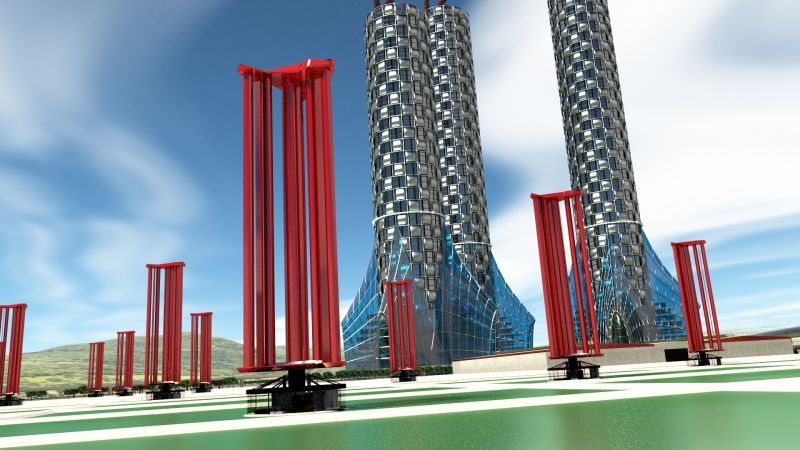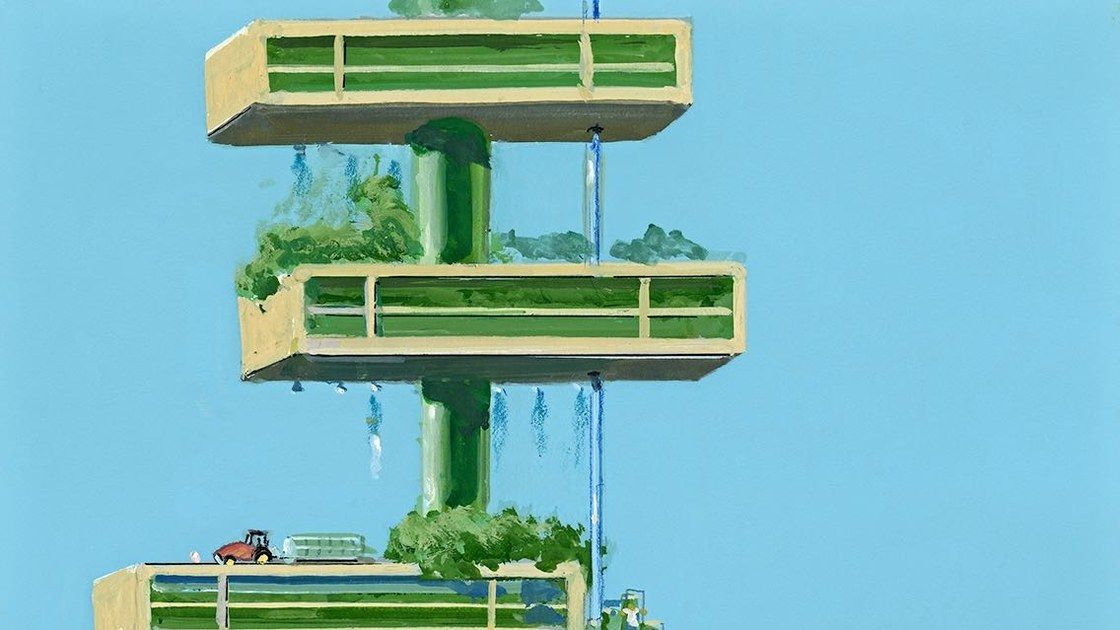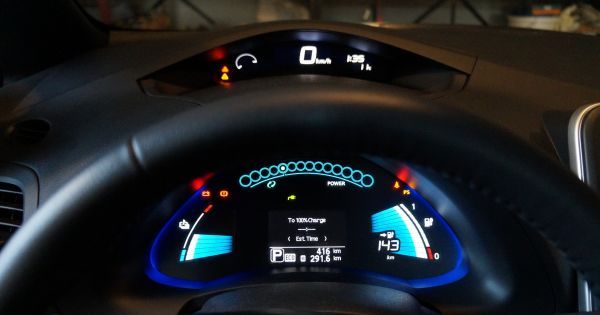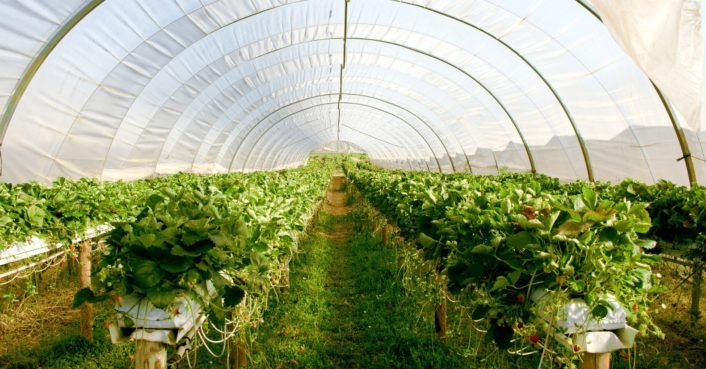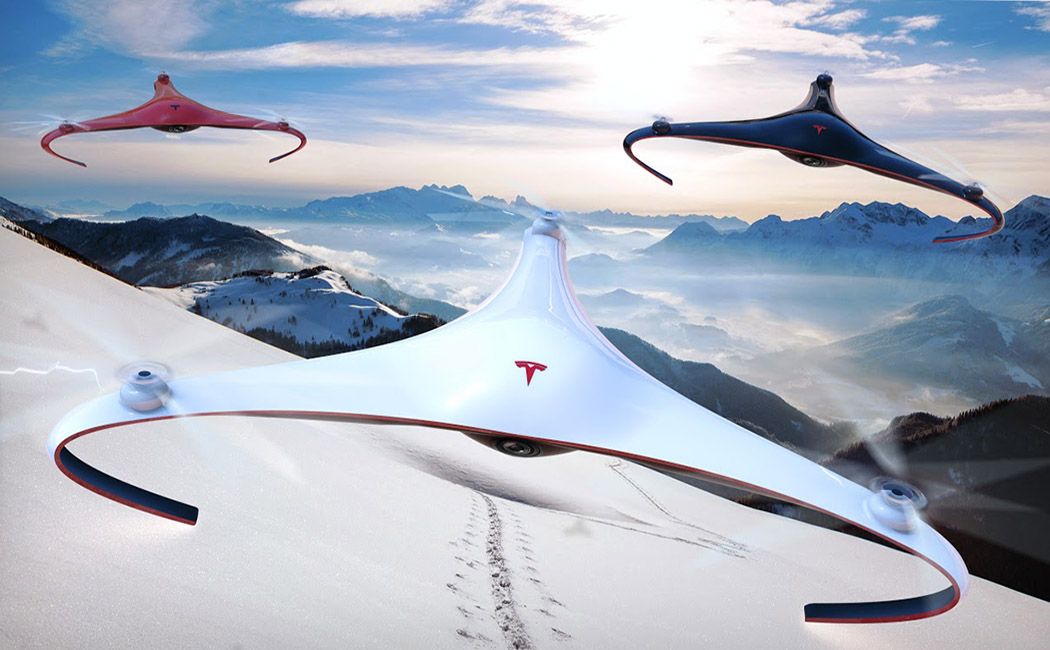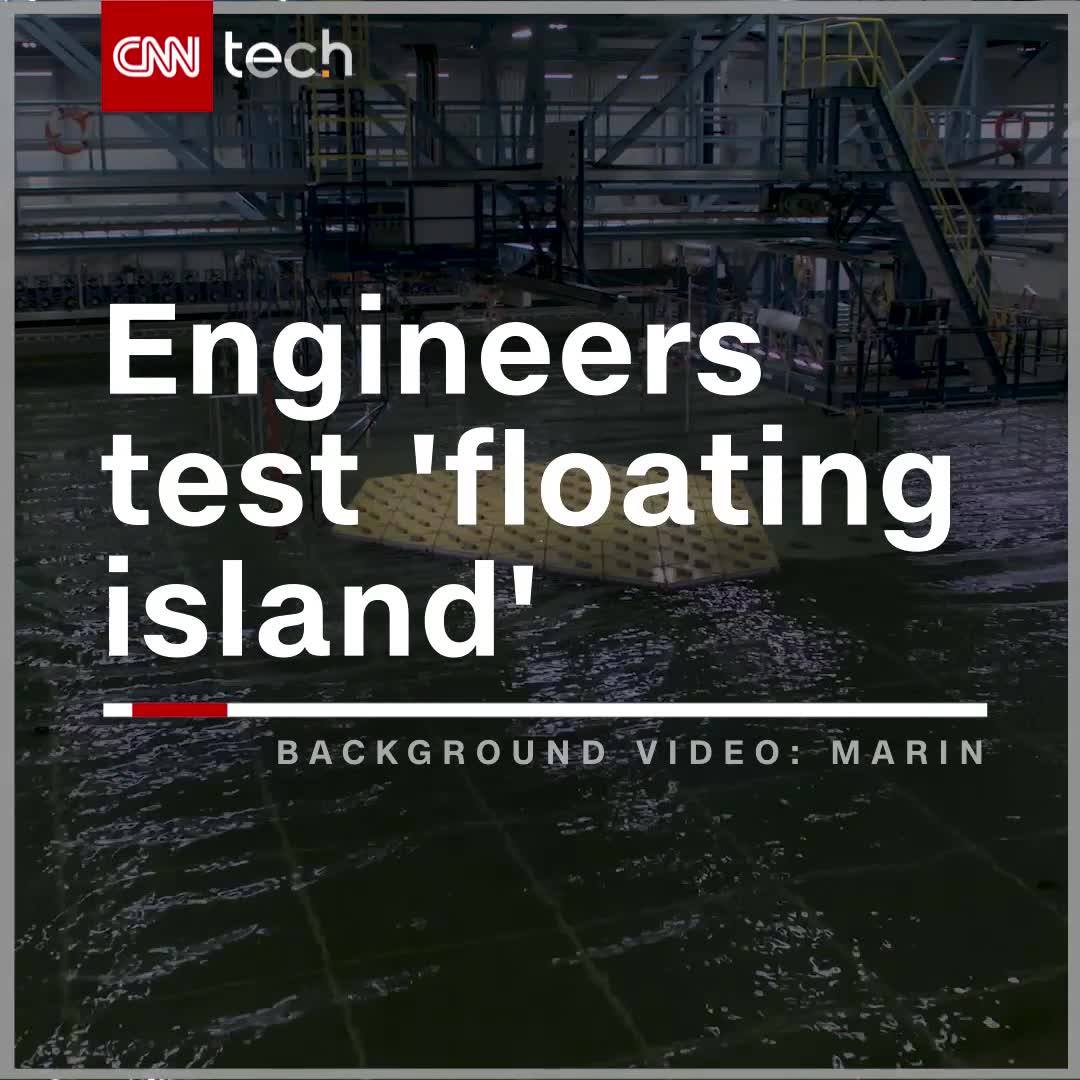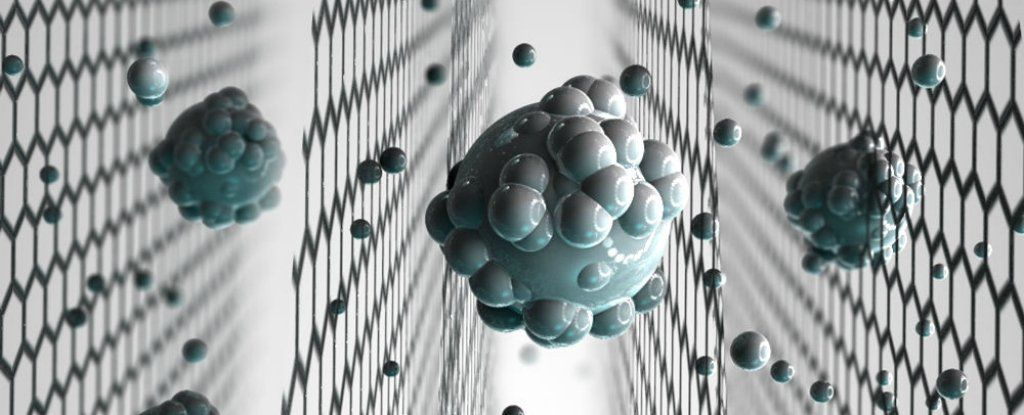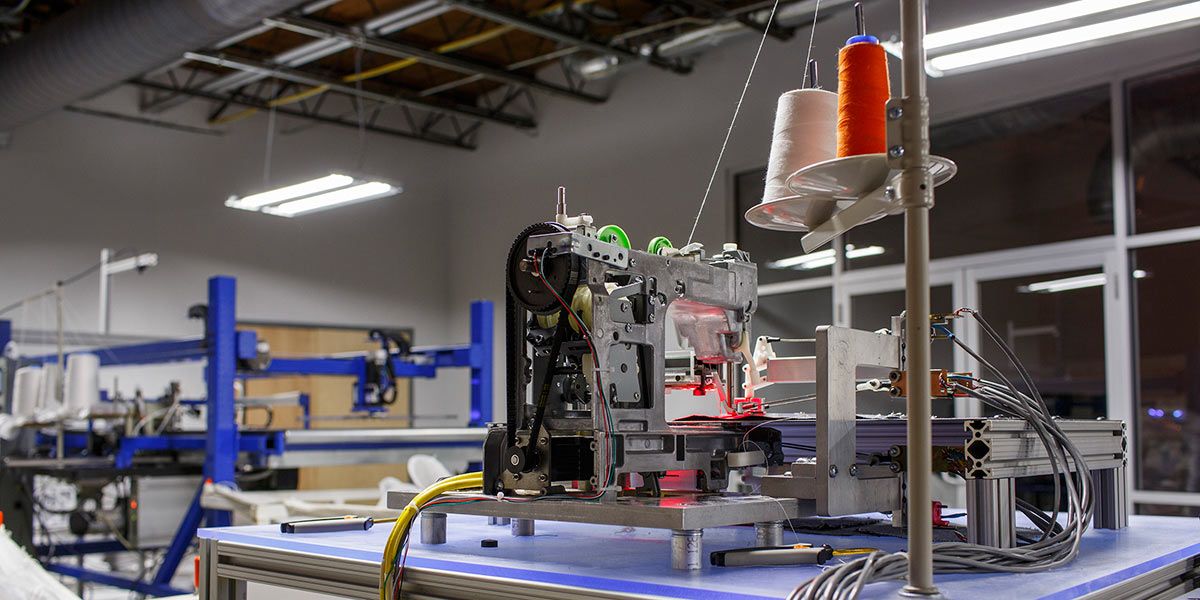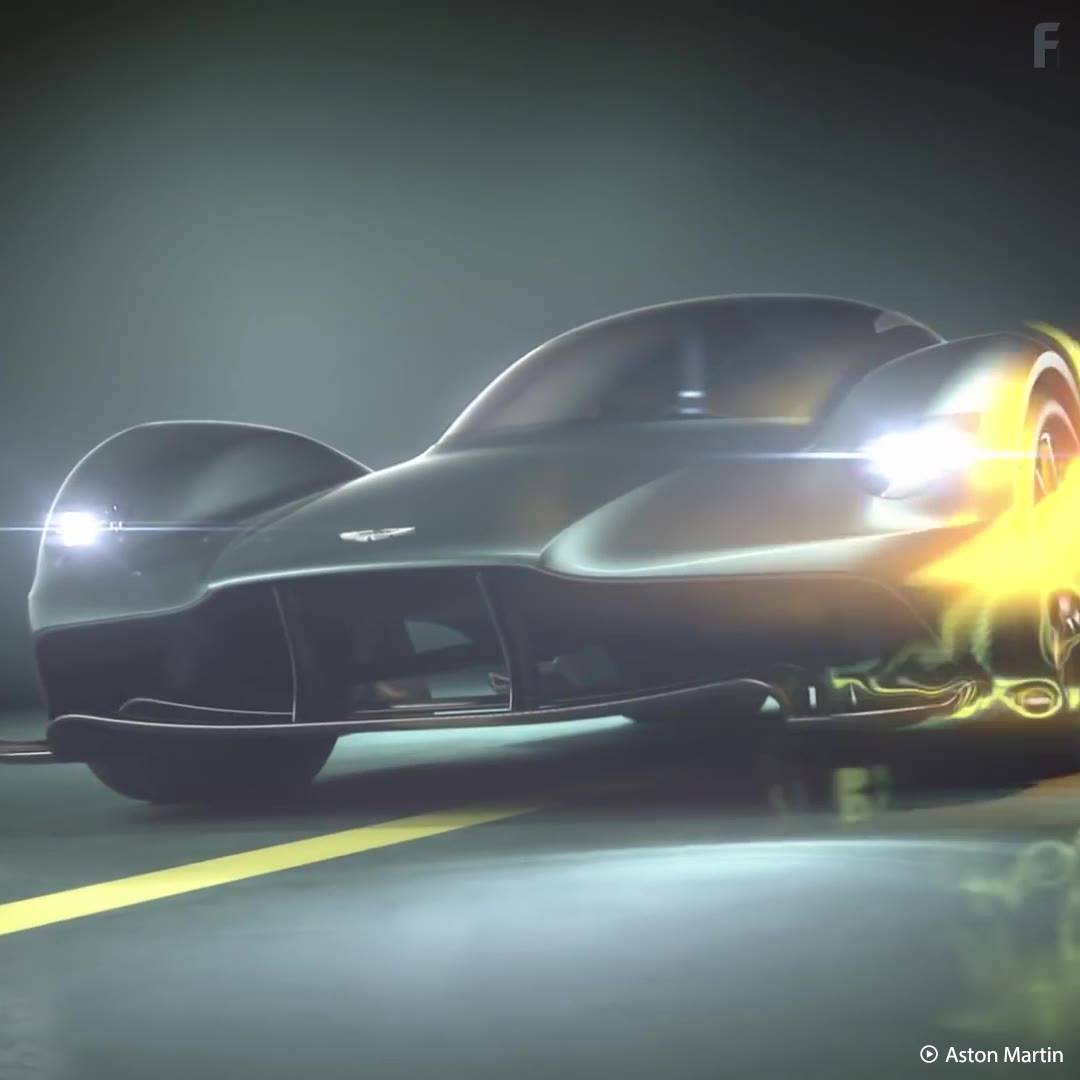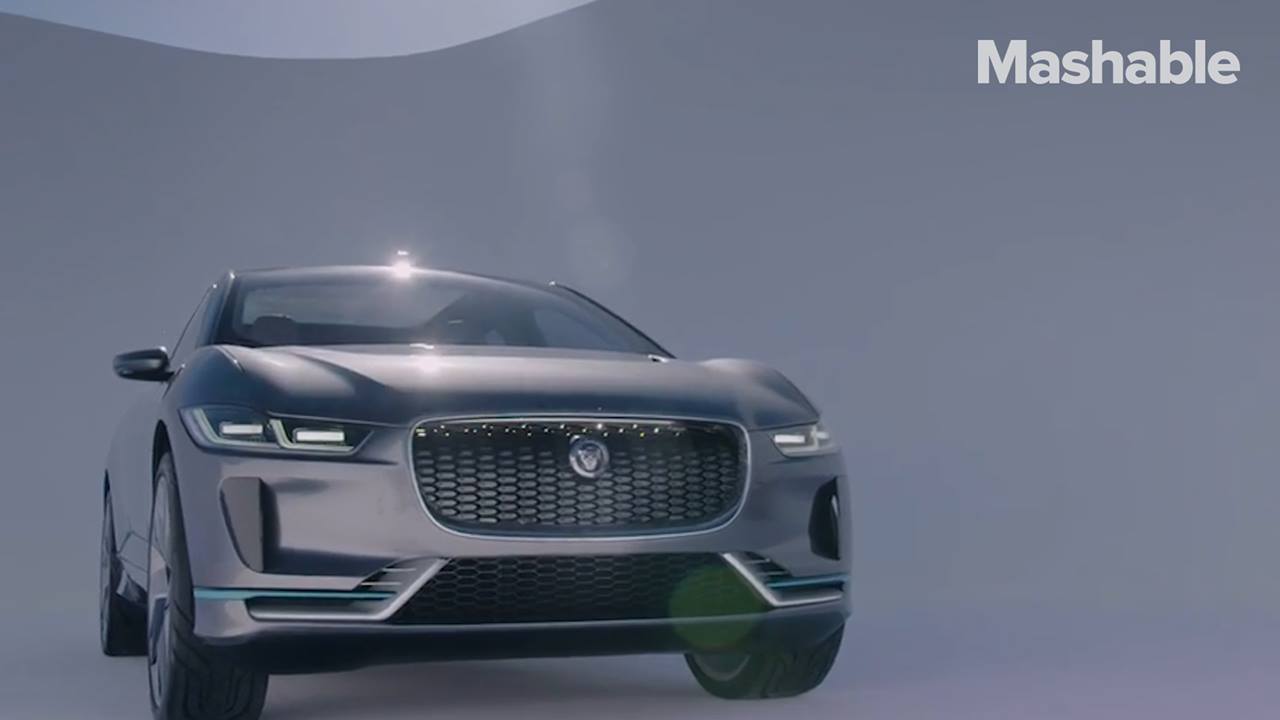Figured this deserved its own post:
The other day i had this idea for wind farms on the far Northern end of Canada, where it is basically a treeless desert, and have those running along the whole coast up there. I remember Japan was working on some wind power system where if it got hit by a typhoon it would supposedly produce 50 years worth of power. The main issues would be the cost of the wind systems, i don’t even know if they are commercially available yet, secondly hooking them up to the power grid and trying to run it into the greater North American power grid, i don’t know if the power grid stretches from up there down to the main grid. The plus to this as opposed to solar is this could be running up there 24÷7÷365. Cost to do something like this, to start, probably in the neighborhood of 5 to 10 million dollars US, and would require a ton of connections.
Typhoons are generally associated with mass destruction, but a Japanese engineer has developed a wind turbine that can harness the tremendous power of these storms and turn it into useful energy. If he’s right, a single typhoon could power Japan for 50 years.
